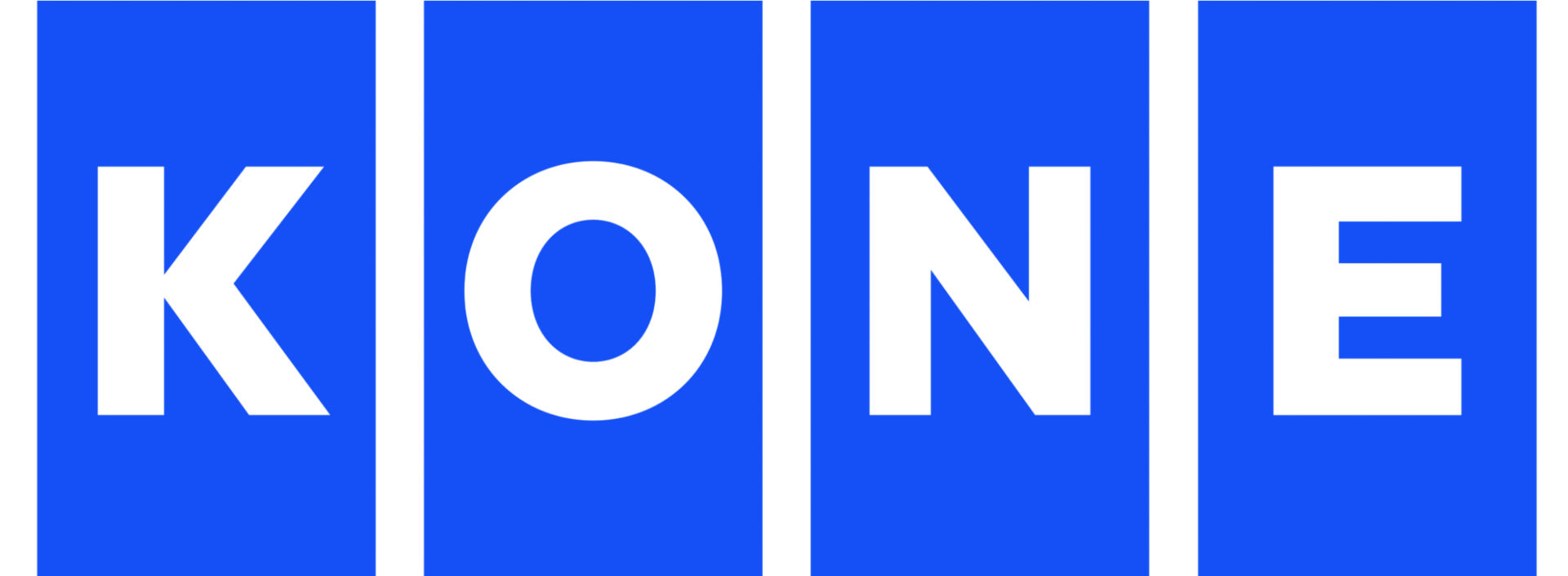Would you like to explore our corporate site or visit your local website?
Stay on Corporate siteTwo thousand three hundred registrations, two offline events, 33 days, 350 ideas, 14 shortlisted teams, 11 jury members, one grand finale, three winning teams. These are the key figures for the first elevator and escalator industry hackathon in India, which welcomed young talent to come up with creative ideas for smart elevator solutions.
“The focus of this hackathon was to bring two worlds together: KONE’s long history of innovation and expertise, and fresh ideas from the outside,” said Visa Friström, who heads KONE’s partnership development and was one of the 11 jury members for the event organized by KONE in collaboration with IBM.
“The passion, excitement and hard work made this event really special. Teams were well prepared, both from the pitching point of view and the point of view of how the demos were working – there were no issues.”
IDEAS FOR ENHANCING PEOPLE FLOW
In March, hackers from across India flocked to the India Technology and Engineering Center (ITEC), their minds set on winning the top title in the KONE India Hackathon. After a grand inauguration, 14 shortlisted teams presented their final ideas to the jury.
The groundbreaking ideas showcased by the teams were based on four themes: smart elevators, user security, utility tools, and open theme. The jury saw ideas for new technology, including prototypes and demos on how to enhance people flow, and at the end of the day, they had the difficult task of picking the best of the best.
The jury included representatives from IBM, ITC Infotech, Persistent Systems and KONE.
WINNING IDEAS
The Alnstein team bagged the top prize for their creative way of using unexpected occurrences in datasets to predict breakdowns before they happen. The team of three second-year university students took home a cash prize of 400,000 Indian Rupees (5,600 euros). They will also work with our global research and development team in Finland to further develop their idea and implement it in real time.
“The winning team demonstrated the usage of a rich set of data available from our equipment and add-on sensors, identified what components could fail and how to take action before the failure creates disruption,” says Teppo Voutilainen, who heads KONE’s New Services and Solutions team. “They managed to turn complexity into a logical architecture very quickly and showed great dedication in testing parameters and improving the reliability of code over time.”

